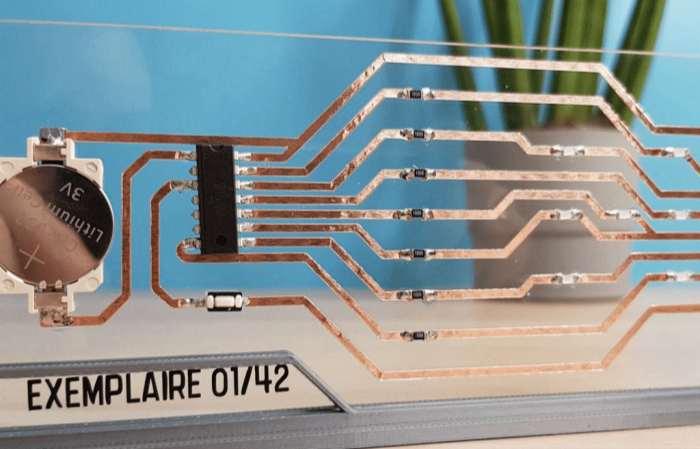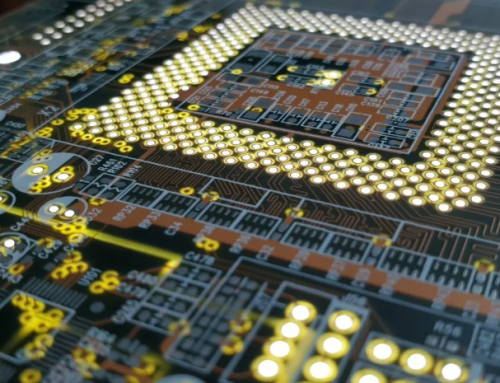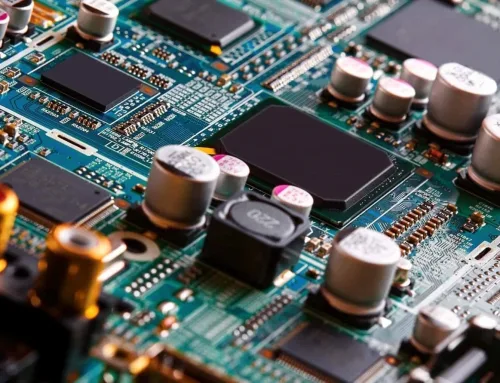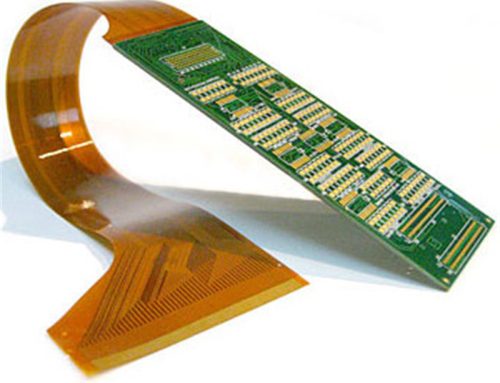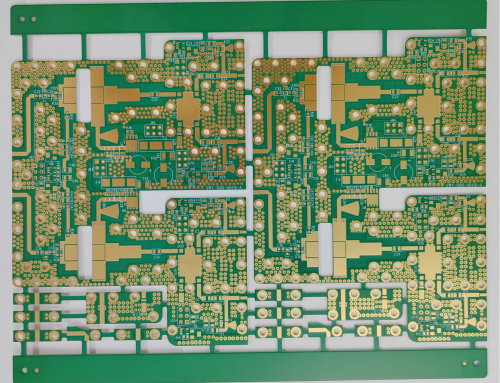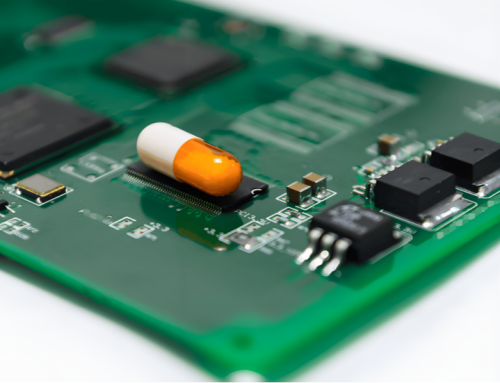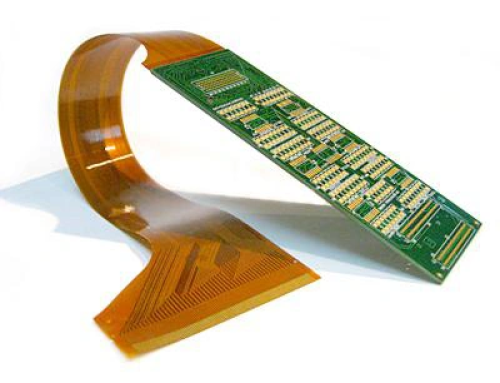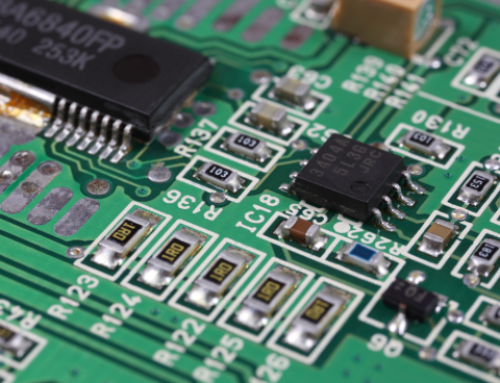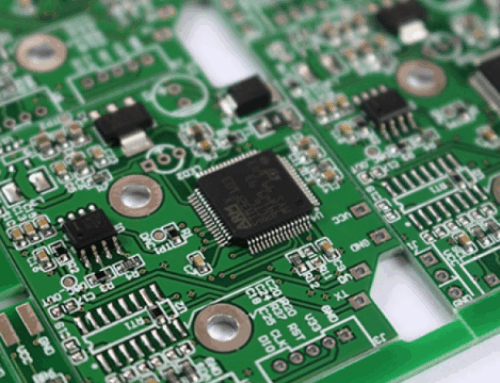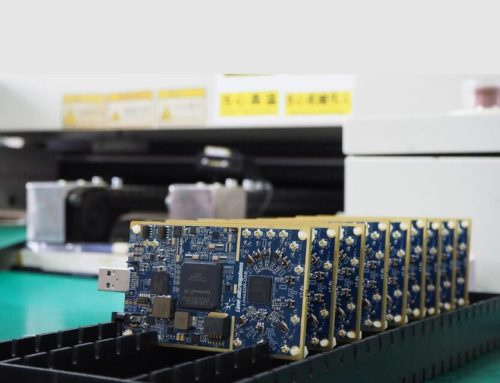Glass Circuit Board- A New Technology in Electronic Manufacturing
Table of Conent
Table of Conent
As technology advances, many innovations are being introduced around the world. You can now see glass assembled circuit board being used in the circuit industry. You must be wondering now why it is necessary to develop new circuit boards when the old ones work well. The printed circuit board has many advantages over the regular ones. Assembled circuit boards are traditionally made of materials like fiberglass and epoxy resin, While glass boards are made of thin sheets. The board has many other amazing properties such as electrical insulation and high thermal stability.
Overview
Glass circuit boards, also known as transparent boards, are a major innovation in the assembled circuit board industry. The kind of boards, as mentioned above, need to use products that have unique properties such as superior electrical insulation, heat resistance, and dimensional stability when manufacturing new devices. Glass assembled circuit boards are a great solution.
It is because of their transparency, precision, and reliability that they are the ideal choice for niche industries. You can also see how they are compatible with new technologies such as microelectronics and high-frequency circuits.
Different Types
Glass printed circuit boards are available in different sizes and types. Each board has its own unique structural and substrate characteristics They are also used in different applications depending on their properties and how they’re prepared. Let’s look at some of the glass assembled circuit boards available on the market.
1. FR-4
The first type uses FR-4 which is a composite that combines a braid and an epoxy resin glue. In this case, FR-4 is “Flame Retardant Rating 4” to make it easier. It refers to its flame retardant qualities, which protect circuits against heat and electric shock. Why use it? It can withstand temperatures up to 130degC. We’ve also tested some grades that can handle temperatures up to 180degC. You can use it to control humidity because the water absorption rate is usually less than 0.2%.
2. Glass-Ceramic
Microcrystalline circuit boards, as the name implies, are a hybrid of ceramic and glass. Recent technologies have used them, such as 5G technology and satellite communication systems.
The low dielectric constant (2.5 to 4.0) ensures minimal signal loss and fast signal propagation, which are important for high-frequency applications. They are more fragile and expensive to manufacture than FR-4 and require careful handling in manufacturing. It is a good investment, however, because of its benefits in a new industry.
3. Quartz Glass
As a substrate, quartz glass assembled circuit boards are made from high-purity fused silica. Fused silica is a material with a low thermal expandability, making it ideal for high-precision specialized applications. The materials can be exposed to temperatures up to 1000degC without losing their properties. They are fragile and expensive to make because they can withstand high temperatures.
4. Glass Substrate
The electronic boards themselves are usually built on glass plates that are less than 0.2 mm thick. They can be used for flexible or ultra-compact products while still taking advantage of the inherent benefits of glass. Ideal for compact designs, including Smartphones, Tablet PCs, Flexible LED Lighting Displays, and Wearable devices.
Characteristics
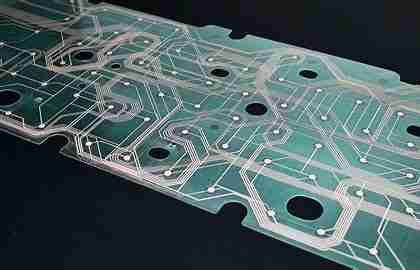
Glass Printed Circuit Boards are different from traditional assembled circuit boards because of their unique properties. Due to their superior performance and reliability, are perfect for niche applications. Below are the full details of glass glass-assembled circuit board:
1. Thermal Stability. Thermal Stability is Excellent. Glass is superior to other materials when it comes to its resistance to high temperatures. Glass retains air even when temperatures are high. They are therefore suitable for applications where temperatures fluctuate between highs and lows.
2. Electrical insulation. The glass has a dielectric constant that is low, which results in less interference and signal loss. This material is an excellent insulator and can be used for applications involving high voltage or high frequency.
3. Transparency. Transparent glass printed circuit boards allow for visual inspection of circuits and components. It is a characteristic inherent to optoelectronics and decorative designs.
4. High dimensional stability. They are reliable and precise even in the harshest environments.
5. Chemical Resistance. Glass is resistant to many chemicals, and it can be used even in harsh environments. Glass assembled circuit boards can be used in industries or medical fields because of this characteristic.
6. Flat and smooth. Glass assembled circuit boards are extremely flat and smooth, making them an ideal substrate for fabricating miniature semiconductor devices.
Glass electronic boards are not without their advantages. When manufacturing, it is important to consider the fragility, lack of adhesion with metal wires, and difficulty in achieving uniform filling of through-holes. These are all critical factors for electrical performance. Glass has a very high level of transparency, and variable art can cause distortions or signal loss. This can negatively impact measurement accuracy and lower chip yields.
Applications
The technology can be customized to suit the needs of various industries, including:
1. Automotive: The automotive industry is prone to high temperatures. Also, they require components with a long lifespan. In automobiles, glass assembled circuit boards are used to create a high-performance electronic system.
2. Aerospace: Electronic equipment must be reliable and durable in the aerospace industry. Glass assembled circuit boards can withstand extreme environmental changes, including temperature fluctuations and vibration.
3. Led lighting: In LED lighting, glass assembled circuit board can improve thermal management. It helps LED lighting fixtures maintain their luminous efficiency and extend service life.
4. Medical electronics: Durability, bio-intactness, and implantable devices are possible with medical electronics.
How can a circuit board be made from glass?
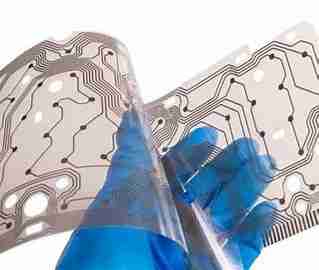
Glass bare board is used in many electronic devices. They are durable, heat-resistant, and low-moisture absorbing. Here is a brief look at the production process:
1. Materials Selection and Preparation
First, choose the type of assembled circuit board glass you need. Then select the appropriate material. You can choose from a variety of materials depending on the type of assembled circuit board: Quartz glass, FR-4, Microcrystalline glass, and Sheet glass.
The thickness of the copper foil is then selected depending on its application. It can range from 18um up to 70um.
2. Glass Substrate Surface Treatment
Surface-treat the glass substrates to ensure adhesion before applying the conductive coating. There are two ways to treat them:
• Ultrasonic cleaning: remove any dust, debris or oil.
• Chemical cleaning: Use a solvent like acetone or alcohol isopropyl to remove surface contaminants.
3. Circuit Patterning
Photolithography can be used to apply circuit patterns onto the copper layer. You must be confused now: what is photolithography exactly? We will try to describe it in simple terms. It is a very simple photoresist. Then, a layer (photoresist) of light-sensitive materials is inserted. Photoresists are available in two different forms: dry film and liquid. A photomask with the circuit pattern is used to expose the assembled circuit board coated in photoresist to UV light.
4. Applying Conductive Layers
A thin layer of copper or another conductive material is applied to the glass substrate. This can be achieved using the following methods:
• Sputtering: Application of a uniform layer 300 nm thick copper by vacuum processing.
• Chemical plating: Deposition of a layer of copper on a assembled circuit board using a chemical process without electricity.
5. Photoresist Removal
A chemical solution is used to remove the photoresist after the etching process, leaving the copper circuitry only on the glass substrate.
6. Drilling and Finishing
Precision drilling is usually performed if the assembled circuit board design identifies the interconnections within the board stack. Laser drilling, for example, is used on glass substrates because of its precision. After that, the holes are metalized using a chemical coating. The printed circuit boards can be protected from the environment by a protective layer, such as conformal coatings, solder resists, or solder-resistant layers. Copper is also available with other surface finishes, such as Electroless Nickel Immersion Gold.
Conclusion
The Glass circuit board represents a major technological advance in the electronics industry. They are used for advanced applications such as medical and aerospace devices.
Latest Blog
Contact Info
Phone: +86-755-82882936
Email: [email protected]
WhatsApp: +86-13570802455
Wechat: +86-13570802455
Address: 2nd floor,D Bldg.,Electric Link Technology Bldg.,Gongming,Guangming New Dist.,518106 Shenzhen, China

